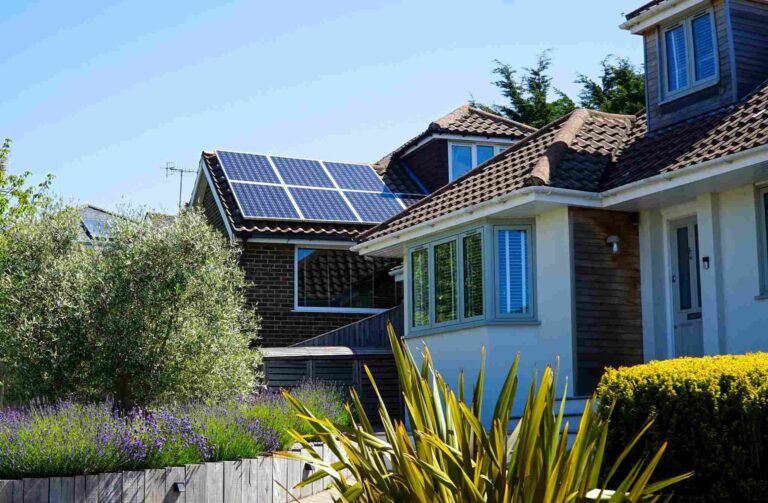The Plenary Commission of the European Parliament approved in the morning of Tuesday, March 14, with 343 votes in favor, 216 ‘no’ votes and 78 abstentions, the proposed European Green Homes Directive, which was previously dismissed by the Industry Committee.
It should be immediately pointed out, for the sake of completeness, that the process has not been completed. It is in fact the first, fundamental green light, but today’s vote does not allow the Commission’s measure to enter into force.
The text, now, will be subject to final negotiations between the EU Council and the European Government before returning to the EU Parliament plenary.
Table of Contents
Residential and public buildings: what the directive says
The text, which affects a total of 27 European countries, requires residential dwellings-with some exemptions-to achieve energy class “E” by 2030 and “D” by 2033.
Non-residential and public buildings, on the other hand, will have to reach the same classes by 2027 and 2030.
The directive, therefore, leads to major renovations in private and public buildings to make them more climate-efficient. In fact, energy efficiency is calculated with a special scale, ranging from A (most efficient) to G (least efficient).
Every country, moreover, will have to encapsulate the preparatory measures for achieving the goals in a dedicated plan (National Renovation Plan). The ultimate goal is also to get to the point of redefining the energy classification system of individual countries, unifying it.
Green Homes Directive, target 15 % of the most energy-intensive buildings
The directive calls for standardizing to the higher energy performance 15% of the most “energy-hungry” buildings, to be placed in category G.
For new public buildings, the goal is net zero emissions from 2026. The text requires, as of January 2026, ZEB (zero-emission) buildings for what concerns new buildings of public administrations. For others, it will start in 2028.
From the transposition of the directive, it will be mandatory for all new buildings to install solar photovoltaic systems by 2028, while rehabilitated buildings will have until 2032 to comply.
Green Homes Directive, the exceptions and exemptions
These are the exceptions to the energy efficiency obligations imposed by the Green Homes Directive:
- listed and protected buildings;
- historic buildings (“buildings officially protected by virtue of their belonging to certain areas or their special architectural or historical value”);
- vacation homes (second homes used for less than 4 months of the year);
- temporary buildings;
- churches;
- detached dwellings with an area of less than 50 square meters.
Other possible exemptions may then come from individual states due to the high cost of materials and raw materials. Or, technical impossibility of carrying out the interventions.
In fact, the text states that “for a limited percentage of buildings, to adjust the new targets according to the economic and technical feasibility of the renovations and the availability of skilled labor.”
Building bonuses: no more incentives for gas boilers, yes for hybrid ones
The directive – and this is a change from the previous version – also deals with the issue of building tax bonuses. Thus stipulating that the installation of fossil-fuel boilers will no longer be eligible for incentives with rebates. This, starting in January 2024.
In any case, one of the rules in the directive is that since its transposition, new buildings and major renovations will not be able to include installations powered by fossil fuels. With the exception of hybrid (heat pumps) and hydrogen systems and certified boilers operated through renewable fuels.
In any case, the directive does not provide for penalties for non-compliance. So each state will be able to decide for itself how to do this.
The directive does not require member states to sanction landlords who do not comply. Just as there is no provision for a ban on the sale or rental of ‘non-compliant’ homes. I.e., with a class lower than E, from 2030 onwards.
What kinds of interventions are needed, and who will fund them?
But these energy efficiency works required for the purpose of achieving class E and then D, who will pay for them? Will they be paid for by individual citizens? Or will there be state or European funding to support them?
First of all, let us recall that the interventions for improvement are, by way of simplification and not exhaustive, the replacement of windows and doors, the placement of thermal insulation, the installation of new boilers or photovoltaic solar panels.
The directive to this effect stipulates that such interventions can be co-financed. Either by individual states, or possibly by a dedicated European fund called the Energy Performance Renovation Fund.
Read also: LEED certification for green buildings: what is it and the requirements to obtain it












